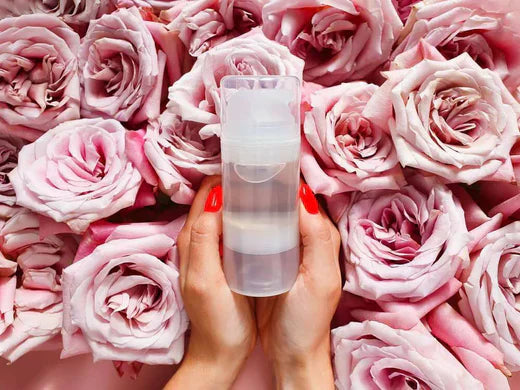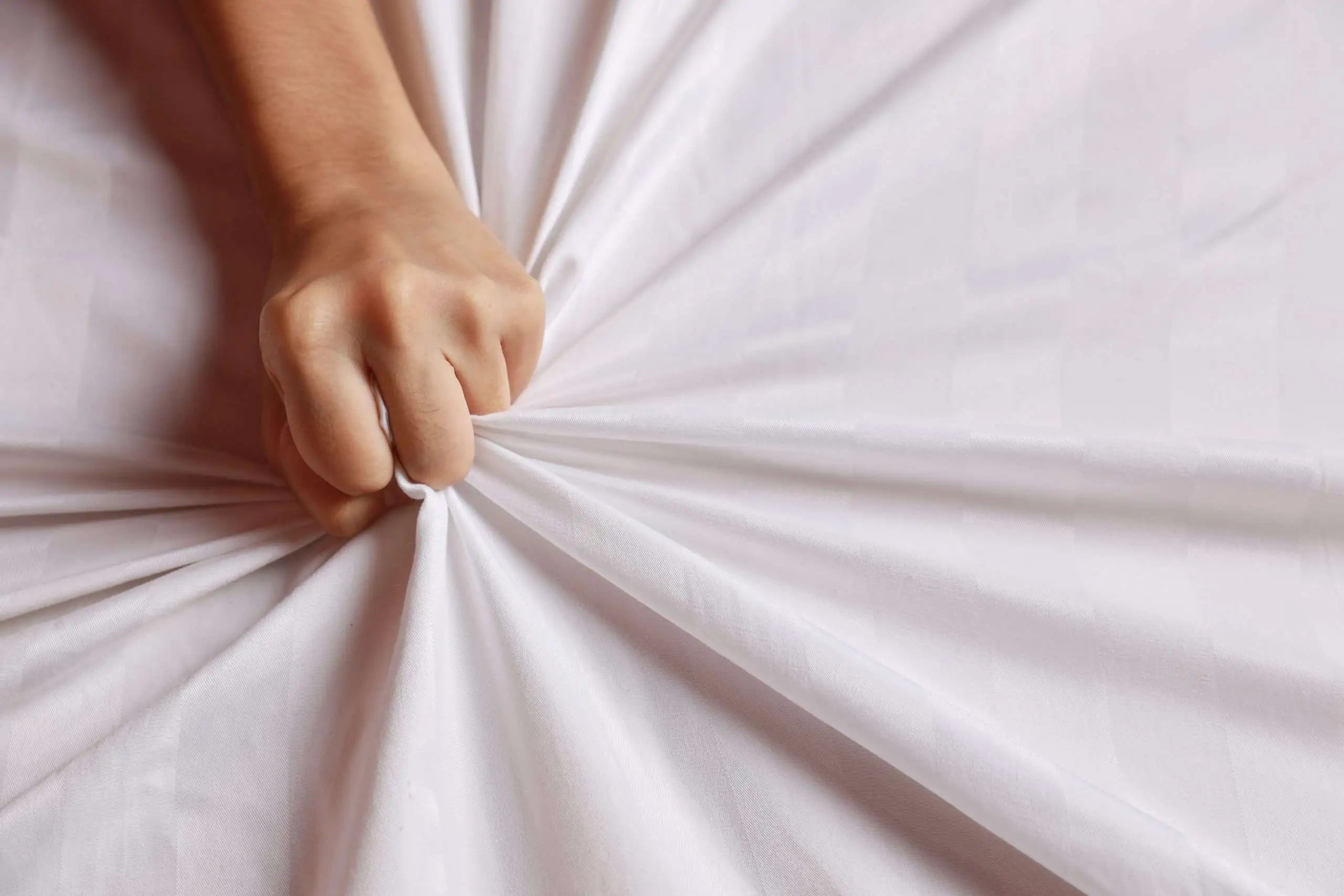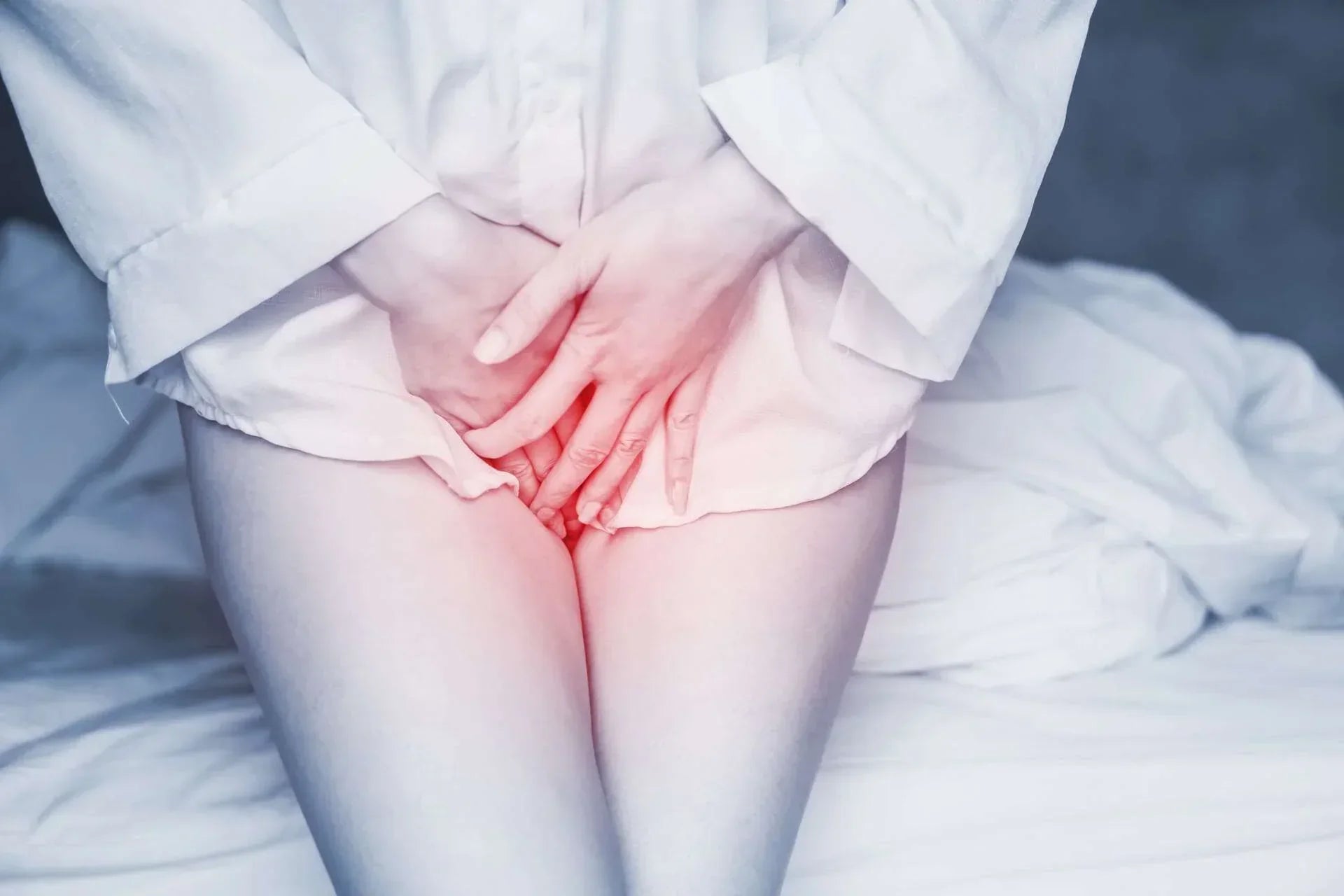At any time of life, including menopause, you could experience involuntary contractions and tightening of the muscles close to the entrance of the vagina. This is known as vaginismus (1). You may be wondering: Why does this occur, and why does it happen during the menopause? Although there can be several causes, it can be summarised (2):
- During menopause, certain changes in the female body take place, including reduced oestrogen production.
- The lack of oestrogen can lead to vaginal dryness, thinning skin, less elasticity and changes in arousal, etc., which can cause pain and discomfort when having sexual activity. It can be because of injury, infection or physical changes.
- The above changes can result in involuntary vaginal spasms from the pelvic floor muscles.
Furthermore, emotional changes, anxiety, and stress experienced during the menopause can also contribute to spasms which can feel like clamping or hitting a wall when trying to put something in the vagina (3). It’s important to consider vaginismus during the menopause, as it is a condition that can be treated. Below we explain all about what it is, including the signs, symptoms, and main treatments.
Vaginismus: signs and symptoms
This discomfort can be accompanied by a variety of symptoms (4, 5):
- Painful or uncomfortable sexual penetration of the vagina.
- That uncomfortableness can be described as burning or ‘hitting a wall’ (as well as the pain, it can feel as if it’s not possible to get into the vagina physically).
- The discomfort can also appear in gynaecological exams and even using tampons or menstrual cups.
- This can also contribute to a fear of having sexual activity or loss of sexual desire.
It should be noted that these symptoms appear involuntarily. On the other hand, they might be accompanied by symptoms of different illnesses, like vaginitis or other infections that also can cause this discomfort (6).

How can it be treated?
Like many other menopausal symptoms, vaginismus can be treated pharmacologically and non-pharmacologically. These are described below.
Non-pharmacological treatment
There are some important actions that women with this discomfort can practice, for example (1):
- Emotional advice and psychosexual therapy.
- Relaxation techniques such as mindfulness.
- Relaxation-focused sensorial techniques to increase sexual desire in intimate relationships.
- Pelvic-floor exercises such as Kegel exercises.
- Vaginal training using vaginal dilatators.
Pharmacological treatment
The use of medication must be prescribed by a physician. Treatment may also target the causes of this complication (hormonal alterations, infections, among others) (5). Please speak to a doctor for more information.
How to prevent vaginismus?
While there's no definitive way to prevent this discomfort, especially during menopause, certain lifestyle changes and medical interventions can be beneficial. Pelvic floor strengthening exercises (Kegels) can help alleviate pelvic pain. Mindfulness techniques and body exercises can also be beneficial. Gradual introduction of dilators, ensuring full arousal beforehand, and using lubricants can aid in managing symptoms.
However, it's essential to consult with a gynaecologist for personalized advice. They may recommend psychosexual therapy, pelvic health physiotherapy, or other treatments to address the underlying causes and manage vaginismus effectively.
References
- Vaginismus [Internet]. NHS. 2024 [cited 2024 Oct 17]. Available from: https://www.nhs.uk/conditions/vaginismus/
- Wiginton K. Painful sex during menopause: What to know [Internet]. WebMD. 2024 [cited 2024 Oct 17]. Available from: https://www.webmd.com/menopause/painful-sex-menopause
- McEvoy M, McElvaney R, Glover R. Understanding vaginismus: a biopsychosocial perspective. Sex Relation Ther [Internet]. 39(3):680–701. Available from: http://dx.doi.org/10.1080/14681994.2021.2007233
- Goodman B. Vaginismus [Internet]. WebMD. 2024 [cited 2024 Oct 17]. Available from: https://www.webmd.com/women/guide/vaginismus-causes-symptoms-treatments
- Conn A. Genito-Pelvic Pain/Penetration Disorder [Internet]. MSD Manual Professional Edition. 2023 [cited 2024 Oct 17]. Available from: https://www.msdmanuals.com/professional/gynecology-and-obstetrics/female-sexual-function-and-dysfunction/genito-pelvic-pain-penetration-disorder
- Alizadeh A, Farnam F, Raisi F, Parsaeian M. Prevalence of and risk factors for Genito-pelvic pain/penetration disorder: A population-based study of Iranian women. J Sex Med [Internet]. 2019;16(7):1068–77. Available from: http://dx.doi.org/10.1016/j.jsxm.2019.04.019
You May Also Like

JOIN US AND GET 10% OFF
Sign up to our newsletter to access free resources, advice and support.















